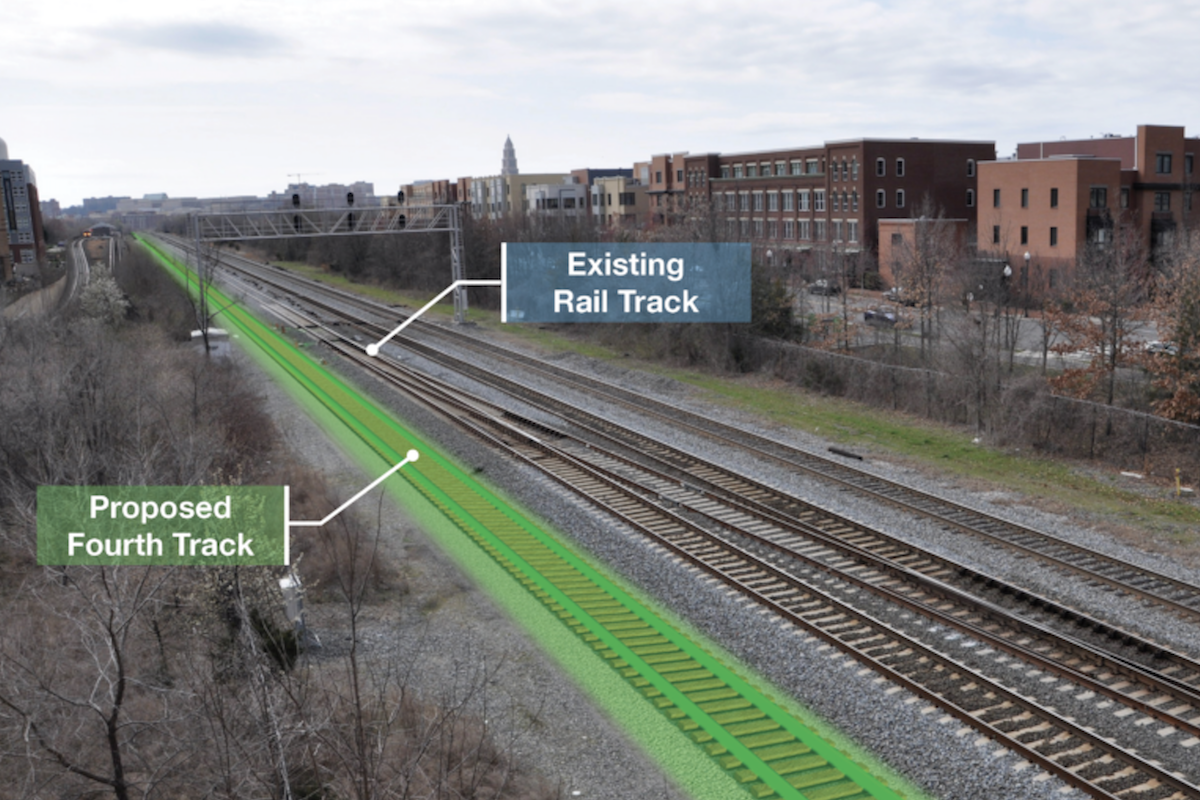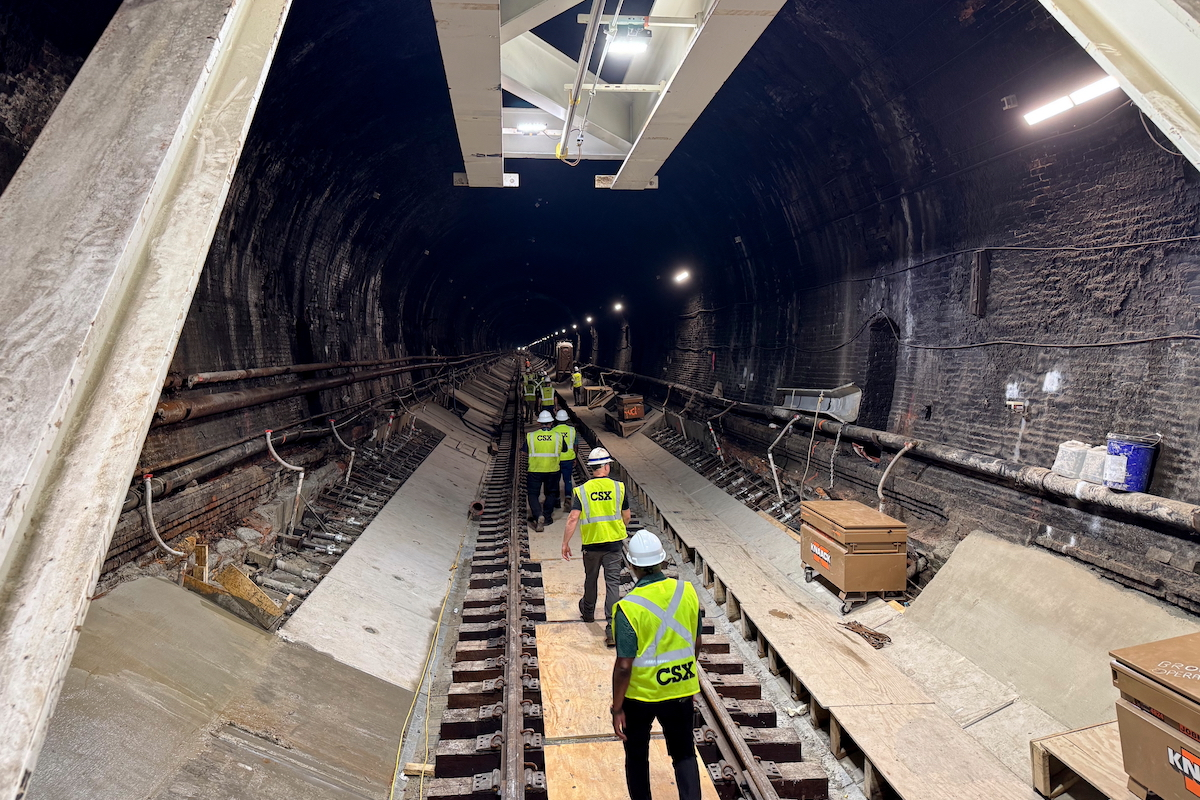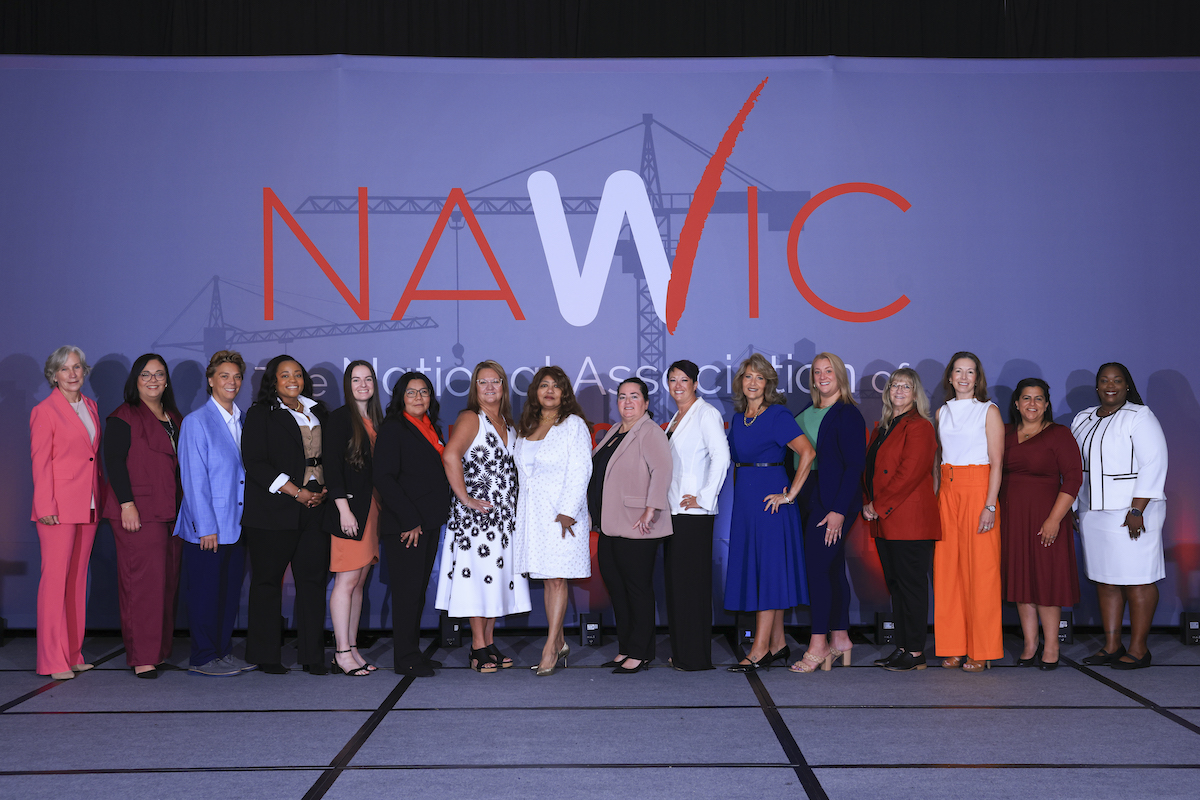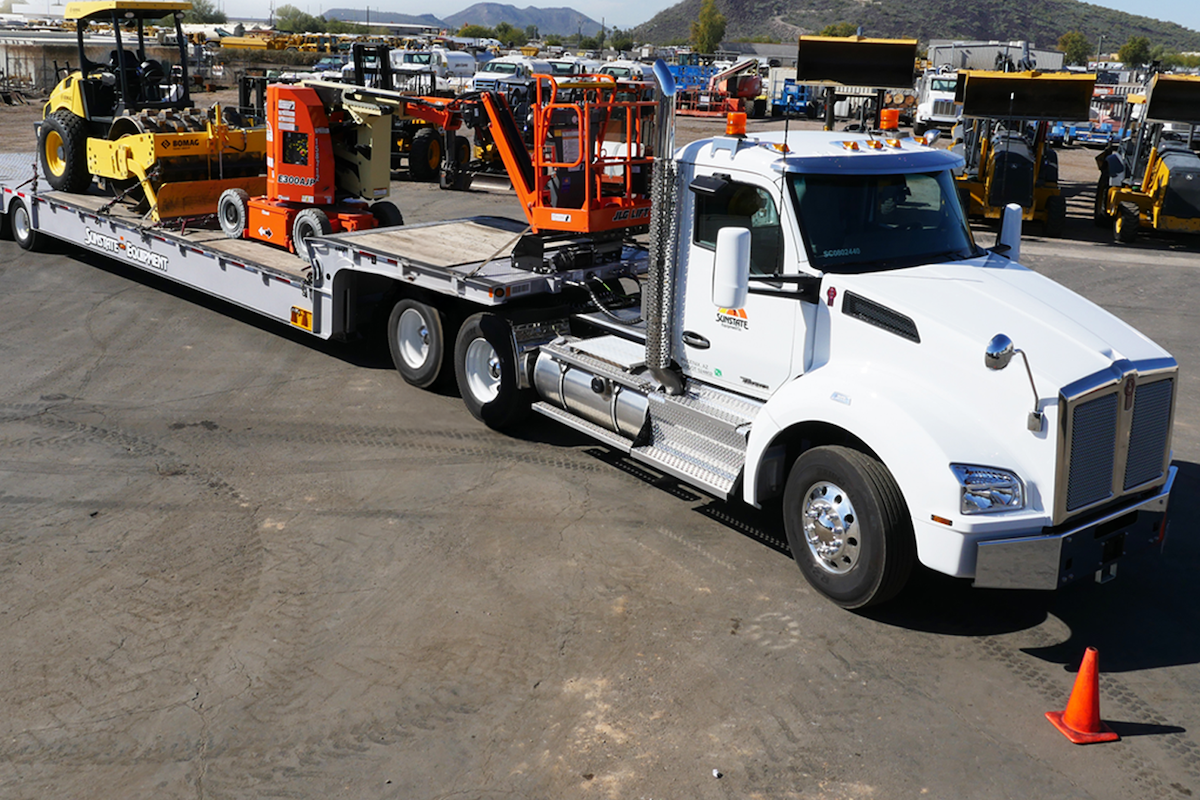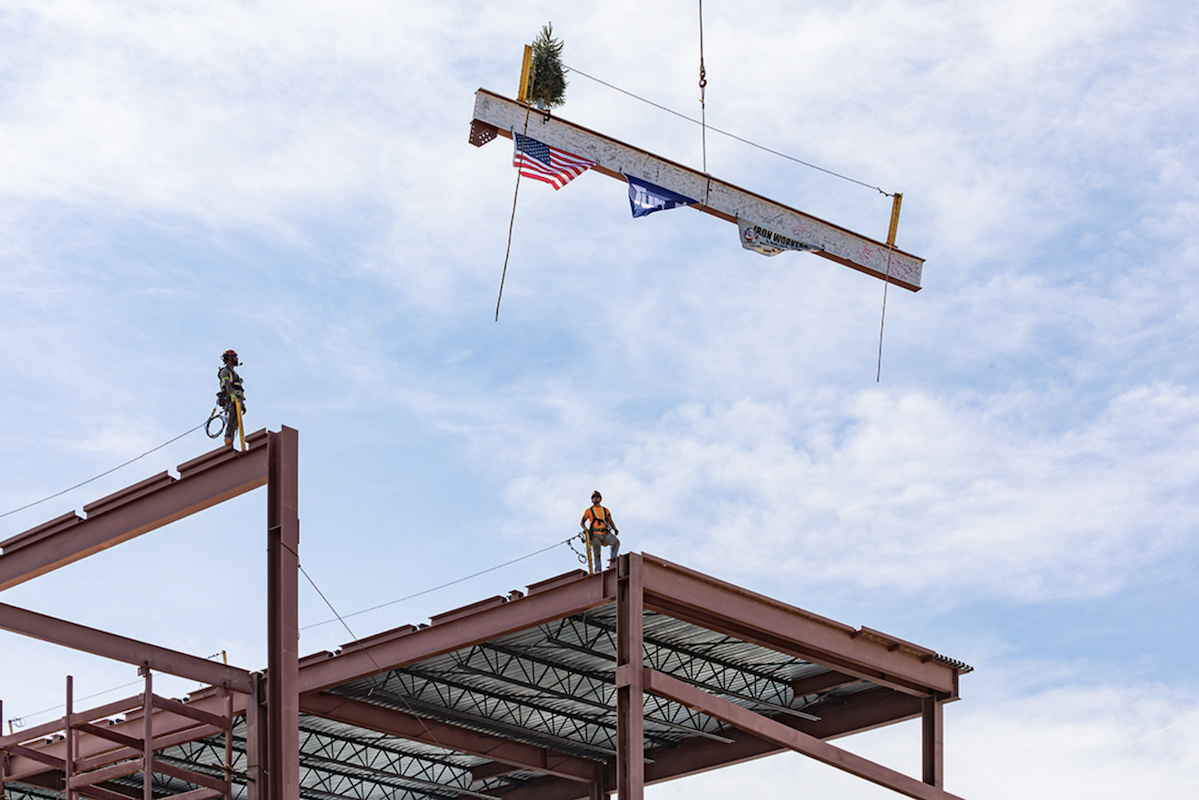“Electric machine operation and productivity in conditions below 32°F (0°C) have traditionally been a huge concern in cold-temperature applications, like in refrigerated food processing warehouses, cold storage facilities, vaccine laboratories or outdoors in the winter,” says Bob Begley, JLG’s Director of Product Management for scissor, vertical and low-level access lifts. “That’s because working in these types of conditions can impact electric equipment performance, resulting in slow, sluggish functionality and reduced battery runtime by up to 50 percent, partly due to hydraulics and previous battery technology.”
Despite cold-weather performance concerns, electric scissor lifts are often needed on maintenance projects or construction job sites because of restrictions in certain work environments, like noise and air pollution requirements, that prevent the use of internal combustion (diesel, dual fuel or gas) machines. According to Begley, battery technology has significantly advanced in recent years, driving the industry towards more electrified products — including the advent of 100-percent, fully electric machines like the JLG DaVinci AE1932 lift. With zero hydraulics to help eliminate job site leaks and zero emissions to help control job site pollution, it is purpose-built for applications where stringent environmental regulations must be met while offering consistent, ongoing productivity — even in the coldest conditions.
Begley says that it’s commonplace for a hydraulic scissor lift equipped with FLA batteries to not even get a full shift’s worth of work in freezing temperatures. He also notes that it takes at least eight hours to fully charge these machines. The DaVinci lift has all-electric components and quick-charging lithium-ion battery pack, could it be the solution for productively using electric scissor lifts in cold-temperature applications moving forward? “We had a lot of assumptions about how the DaVinci lift would perform that we needed to put to the test,” says Begley.
The unit was 40-ft wide by almost 150-ft long with close to 28-ft ceilings, split into two rooms. “The first room, the smaller of the two, was a receiving area where pallets of material were unloaded and loaded from tractor-trailers,” he says. “According to the gauge in this temporary holding room, which was located by the entrance to the freezer, the temperature in the area was 20°F (-6°C).

| Your local Bomag Americas dealer |
|---|
| Linder Industrial Machinery |
“The second room,” continues Caskey, “was a long-term storage room with two long hallways formed by floor-to-ceiling racks to store goods.” The temperature in this freezer area was 0°F (-18°C).
According to Caskey, the customer shared that employees often use scissor lifts in both freezer areas to complete cleaning and maintenance tasks.
Begley says that the following day, when the team checked on the machine, its SoC was reduced by less than 10 percent and that the battery’s internal temperature was at 12°F (-11°C). The team plugged in the battery charger for about 45 minutes, increasing the battery’s internal temperature to 27°F (-2°C). Once the machine was warmed up and fully charged again, the JLG and Sunbelt Rentals team got to work, beginning a series of duty-cycle tests (which include drive, elevate, descend and return cycles) on the DaVinci machine in one of the rows between the racks in the long-term holding room. “Data was collected using the DaVinciGo mobile application throughout this test,” says Begley. “The DaVinci machine performed a series of full test cycles in approximately two hours and showed no signs of performance degradation.”
“Based on our experiences with hydraulic machines in colder temperatures,” says Caskey, “we expected a loss of performance as we went through the cycles. That’s why we typically rent two scissor lifts at a time for freezer applications, so our customers can alternate machines every couple of hours to ensure their project stays on time (one machine works while the other one warms up and charges). With these typical electric scissor lifts, operators notice a slow decline in performance almost instantly, nearly as soon as a machine starts working.
“But,” he continues, “in the hours we were cycle testing the DaVinci (lift), it never lost functionality or speed in the freezer. We went up and down a lot with the machine during the tests — doing way more than a normal work cycle, and there was no degradation in performance.” He goes on, “This capability will translate to huge savings for our customers, both in time (swapping out machines) and money (rental rates), because now they will only have to run one machine to complete the work.”

| Your local Trimble Construction Division dealer |
|---|
| SITECH Mid-South |
At one point during the day, the team took a 45-minute break in testing. Instead of just parking the machine where it was, they drove the DaVinci machine into the coldest section of the freezer, where ambient temperatures were close to 0° F (-18°C), to store it there. During this pause, battery data continued to be collected. “The team wanted to make sure they were measuring everything to accurately assess the machine’s capabilities in this type of environment,” he says.
When testing resumed, the team was able to complete additional cycles with the DaVinci lift before the machine started intermittently slowing down on its own. “The machine completed one more cycle in this semi-slowed state before machine functions were completely prevented,” says Caskey. “That’s a very different response than we would have gotten from a traditional electric-drive model.”
“Once the machine completely ran out of power, the team concluded the test, achieving a total of 26 cycles,” says Begley. After cycling power, the battery went from 0 percent to 2 percent SoC, allowing the team to move the DaVinci lift to an area where it could be charged.
Begley notes that JLG has implemented provisions into the DaVinci lift’s proprietary software to protect the battery when the SoC is very low, reducing the risk of damage caused by fully discharging a battery.
After this test, Begley says that the DaVinciGo app recorded that the machine’s internal battery temperature was 51°F (10°C), which allowed the battery to be charged immediately.

| Your local Wirtgen America dealer |
|---|
| Dobbs Equipment (SC) |
“The JLG team continued to collect battery data from the DaVinci lift for approximately 30 minutes after the test while the battery was charging,” adds Begley. “In that time, the battery managed to make it from 0 percent to 34 percent SoC.”
“The 19-ft scissor lift is one of the most commoditized rental machines in the world,” says Caskey. “But, this one is unlike anything else available in the market, and our customers are taking note. It charges faster and stays charged longer, and the difference is noticeable.”














